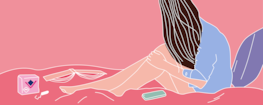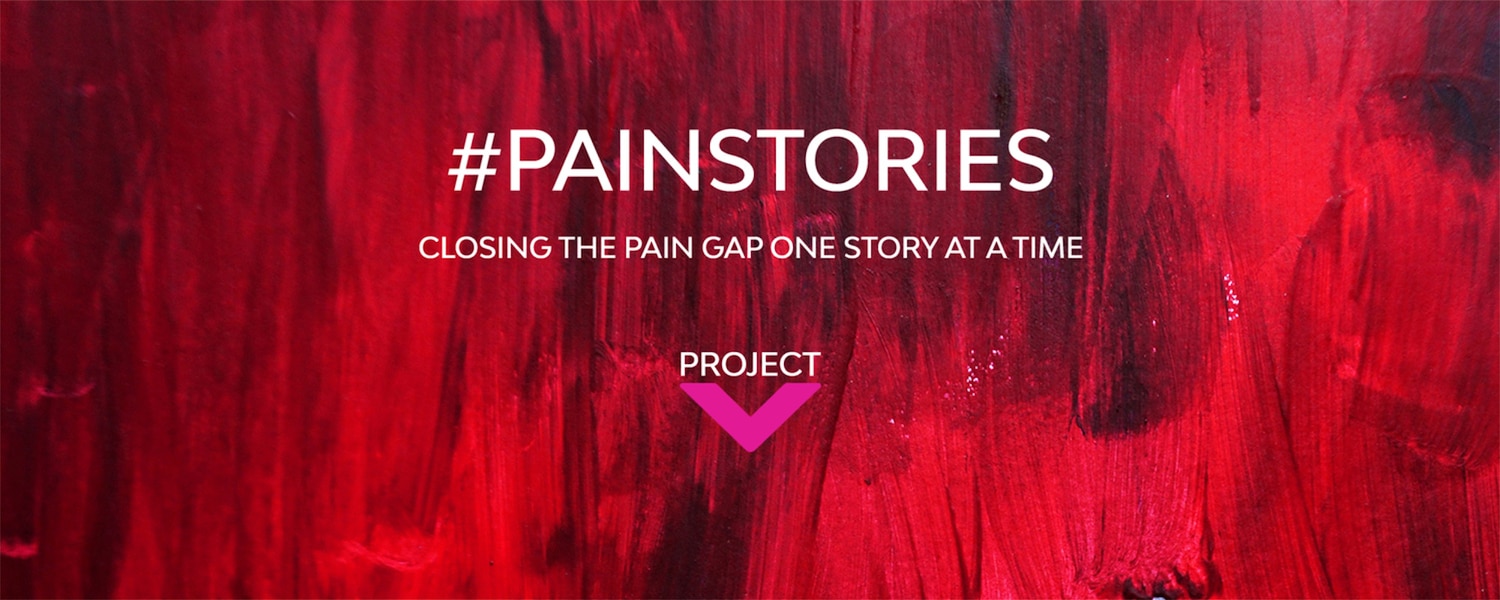

From endometriosis, to adenomyosis, to painful sex, to vaginismus and beyond, our experience of pain is complex and still desperately underacknowledged. The more we share our #painstories, the more we dismantle the shame and silence that stops us getting the help we deserve. As part of Project V, we’re taking steps to lift the lid on women’s experiences of pain, to close the gender pain gap one story at a time.

Pain for women has historically been sidelined, written off as normal and therefore accepted as part of being a woman. In fact, 51% of women and 52% of men agree that period pain is just something women have to deal with[1]. Women’s pain is all too often dismissed as a symptom of over-sensitivity, or hysteria. And it’s even harder to get a diagnosis if you’re a Black, Asian or mixed heritage woman[2]. Not to mention the host of stigmas and lack of understanding that stands in the way of trans and non binary people receiving adequate care for their pain.
The consequences can be devastating – unconscious medical bias, a dearth of research, chronic misdiagnosis, a continued lack of funding and an ingrained culture of neglect, leaving women suffering undiagnosed and untreated for years. But it doesn’t have to be this way. Our pain is not normal. The more we share our #painstories, the more we give our pain the expression it deserves and demand to be taken seriously. Let our #painstories be heard.

Thank you to all the women who’ve shared their inspirational stories with us. If you’d like to become one, and contribute to the Pain Dictionary, we’d love to hear yours, too.
Ingrained gender bias stops women getting the treatment they deserve. But painful conditions – from endometriosis to vaginismus and beyond – also affect trans men and non-binary people, too. As does bias.
As a brand, we offer products for anyone who needs them, regardless of how they may identify. And when it comes to language, we are committed to being as inclusive as possible, but appreciate that there are many views that cannot currently be expressed by a common language and we may not get it right for everyone, all the time. We are learning every day.
We have kept our language as inclusive as possible. Some of the research we have quoted did not distinguish on the basis of gender identity and the use of the term ‘women’ throughout reflects this.
We’re committed to highlighting the experience of pain in an intersectional way and will continue to explore and share the stories of women, trans men and non-binary subscribepeople.
